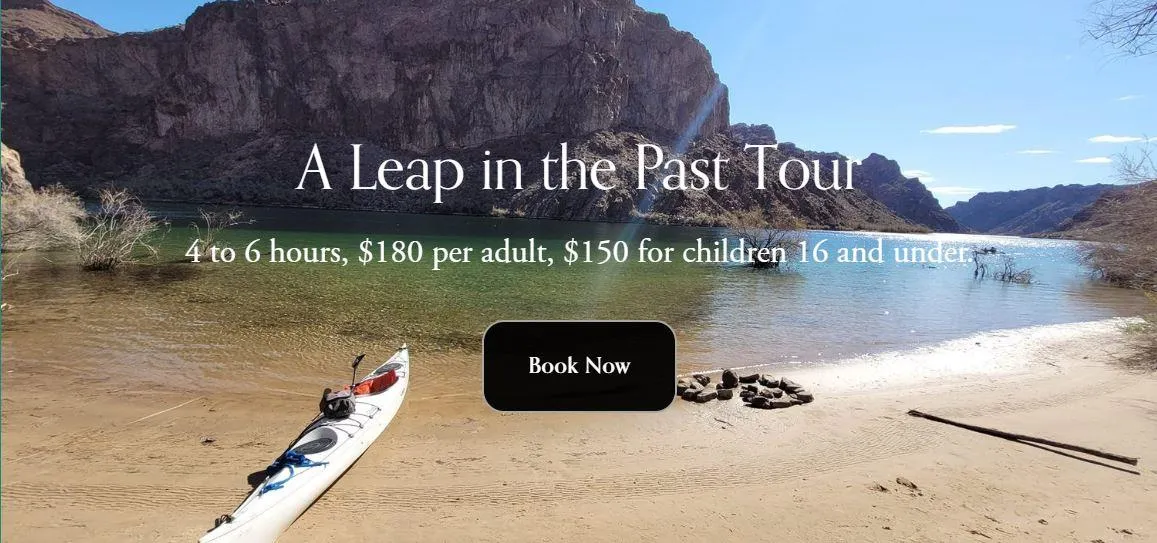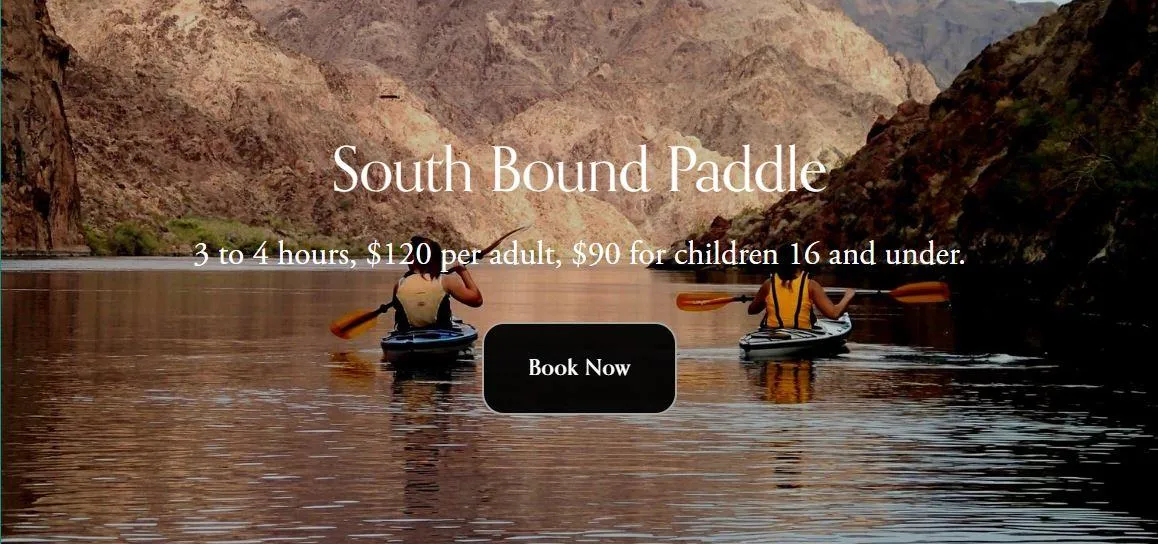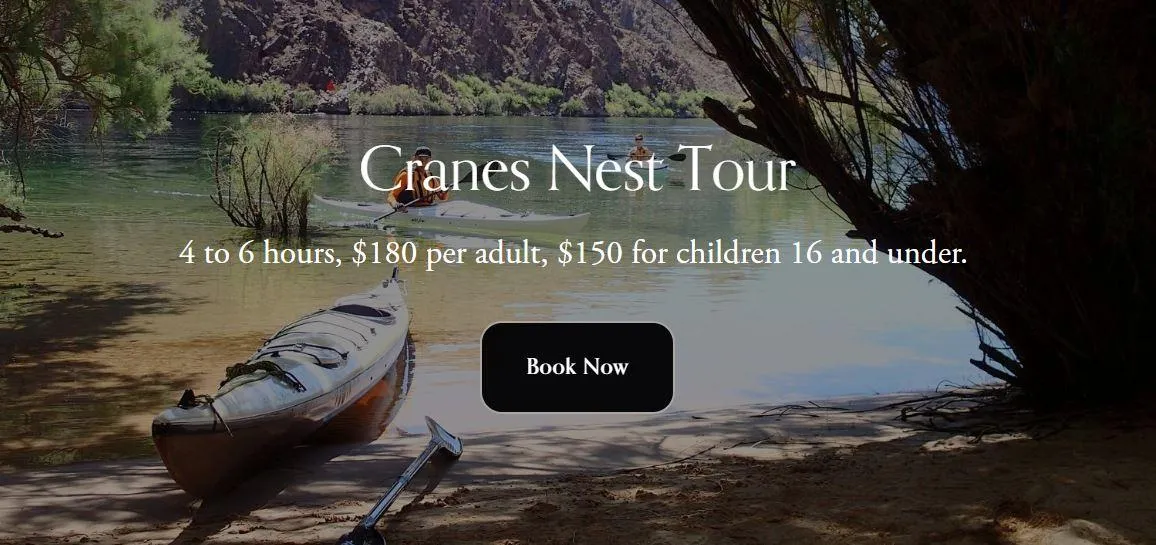High Winds
Paddling in High Winds
This article is about
1) the characteristics of waves that effect kayak and kayaker,
2) the principles of wave characteristics that you can take advantage of, and
3) techniques that you can apply to kayaking in high winds.
You cannot learn to kayak in high winds without getting out there and doing it.
But the big waves and the wind that caused them can be pretty intimidating.
The goal of this article is to give you confidence so that you can practice in the wind.
This article provides knowledge. Your skills will come with application.
Safety Note:
You can learn to paddle in high winds by just going out and paddling in high winds.
Be aware there is some danger in that. In fact, there are a lot of dangers in that.
Please get some advice on the dangers of kayaking in strong winds by an experienced paddler,
or go out with an experienced paddler, or get some good lessons.
This article's scope does not include safety.
Characteristics of waves that effect kayak and kayaker:
1) Weight in the kayak will provide resistance to wind.
Resistance in the stern will cause your kayak to point with the wind.
Resistance in the bow will cause your kayak to point into the wind.
2) Water waves caused by wind are a transmission of the energy imparted by the wind and not a movement of the water itself. There are small currents down the faces of the waves.
The higher and steeper the waves, the bigger those currents will be.
3) White caps are the tops of waves that have broken and have become currents down the waves' faces.
4) After blowing continuously the wind imparts a small current to the surface.
5) Bobbing up and down, rolling, and pitch are the motions imparted to you and your kayak by waves.
6) The wind's force, duration, and fetch effect the height and steepness of waves.
7) As the wind's force decreases, the crests will get farther apart and not as high.
This is wave length increasing and height decreasing.
8) Shallow water also increase the height and steepness of waves.
9) Although water waves caused by wind are a transmission of the energy and not a movement of the water itself,
there is mass in a wave.
When a wave breaks, that mass moves down and forward as a current.
10) Again, although water waves are a transmission of energy they do have mass.
That mass has height and for all your purposes while kayaking the wave is just like a hill, although it is a liquid hill.
11) Gusts often will come from directions up to 10 degrees different from the direction of the prevailing wind.
Principles of wave characteristics that you can take advantage of:
1) With two exceptions, regardless of which direction the waves are traveling in relation to the direction you are traveling,
you can get an advantage from the waves.
Exceptions: a) When a wave is so steep it is ready to break, it has become just like a very steep hill, almost cliff like.
To get up its face will require power.
b) When a wave is breaking, that steep, cliff like hill has become a downward rushing current.
To get through that current will require power.
2) The waves are like hills. You can tip, roll, and fall off of them. You can also glide, sprint, and surf off the tops of waves.
Being on top of a wave gives you advantages of gravity.
3) The water is not moving, but the waves are moving. Waves will move right through your position.
You can get on top of a wave by doing nothing. Stop paddling and just relax, the top of the wave will move underneath you. Being on top of the hill puts you in position of advantage.
4) The waves are moving and therefore they have energy.
When a wave is near you, there is energy available for you to grab with your paddle.
5) Waves are physical objects. You can, with your paddle, pull with them or push against them to your advantage.
Techniques that you can apply to kayaking in high winds
(or in any winds for that matter):
A. General techniques - that you can apply to kayaking in high winds:
1) Stop paddling...interrupt your strokes...break that stroke cadence AND take advantage of the waves.
That's right, it's OK TO NOT keep up an incessant paddle cadence. (See "Forward Stroke Cadence")
2) If practical, rather than interrupting your stroke cadence synchronize your cadence to that of the waves.
3) If you interrupt your stroke cadence and apply your next stroke to pull on or push against the next wave,
then you CAN take advantage of it.
a) Stroke to pull on a wave: This is just a forward stroke, but you plant your blade behind an approaching wave.
When you are paddling into the waves, interrupt your stroke cadence to plant your blade behind the oncoming waves OR establish a stroke cadence that is in time with the oncoming waves and plant your blade behind each successive oncoming wave. When you do this some of the energy of the wave is transmitted to your paddle.
b) Stroke to push against a wave: This is also a forward stroke but the waves are approaching you from your left front or right front OR directly on your beam (side). This is a corrective / forward / brace stroke but not really a sweep.
You plant your blade into the face of the wave and edge your kayak into the stroke and perform your forward stroke.
As a forward stroke, it allows you to keep moving forward, as a corrective stroke it allows you to change your heading, and as a brace it prevents you from tipping as a result of being on the side of a wave.
4) To pull on or push against a wave, it doesn't matter how small a wave is.
Almost anything larger than a ripple can be a wave to take advantage of.
B. Directly into the wind -
techniques that you can apply to kayaking in high winds:
Paddling into headwinds requires endurance and on occasion, power.
You and your kayak must overcome the hills of the oncoming wave faces and the force of the wind.
Having endurance, high anaerobic threshold,
means you can paddle into the winds harder and longer before lactic acid build up begins to inhibit you.
Having power means you can do a high intensity workload for a short period.
1) When it is practical, plant your paddle blade behind the crest of each oncoming wave.
2) Unless it is a steep wave, getting on top of the next oncoming wave isn't that hard.
The wave will roll underneath you. Continue paddling into the wave to maintain steerage but relax your paddling.
Only use as much energy as needed to get on top of the next wave crest.
3) Once you are on top of a wave give it a few hard strokes down the back side of the wave into the trough and
glide up the next wave face.
4) Gaining forward momentum (momentum = mass x speed) down the back sides of the waves helps give you the power you need to overcome the height of the next wave and the force of the wind.
5) Paddling with a feathered blade helps to lessen wind resistance, this will take a big strain off your arms.
6) Paddle into the wind with a low stroke, this will lessen wind resistance.
7) While kayaking in high winds consider using a paddle leash.
This will give you the peace of mind that you won't lose your paddle. Have a spare paddle in case you do.
Give that paddle a good grip, during gusts, whether you have a leash of not.
8) If you are kayaking in high winds and you DO lose a paddle and you DO have a spare, don't worry about
assembling the spare paddle right away if conditions seem "harry". You can paddle just fine with one paddle half.
Use ONE paddle half and attempt to retrieve your paddle. Use it like a canoe paddle and do single blade techniques.
If you are down to one paddle, using one paddle half at a time now still gives you one more spare.
9) If you are kayaking in high winds and you DO lose a paddle and you DO NOT have a spare you still have four good workable options (if you have prepared properly) that you; can employ depending upon the situation.
a) While remaining in your cockpit,
side-swim to your paddle.
If you don't know how to do this, it is a very good idea to learn it.
b) If you have a bow line with a shoulder loop already tied into it, exit your kayak, keeping a good hold on your
boat, get the bow line over your head and shoulder and swim to your paddle.
Normally, I have both bow and stern lines on my kayak. I simply use 10' of 5mm nylon cord.
This skill is also worth practicing.
c) Remain in your kayak and paddle with your hands to your lost paddle or failing that paddle to shore.
With a little practice you'll find that you maintain good forward movement with only your hands as paddles,
turning though, is a bit harder but still doable.
d) Remain in your kayak and use cell phone, marine radio, and or marine emergency beacon to get a rescue.
10) In extreme gusts of 50 mph or greater, you can continue paddling forward.
In fact, this is necessary to maintain steerage and not be weather or lee cocked.
Lower your torso as low over your forward deck as possible, this will lessen wind resistance.
Raise your head and continue looking forward, this lets you continue paddling with spatial awareness.
In this position, continue grabbing and pulling water.
You'll find you can make great headway into the fiercest of wind gusts.
C. Paddling into front quarter winds -
techniques that you can apply to kayaking in high winds:
In these situations you are not paddling directly into the waves, but at an angle.
You still have a head wind but it is a cross wind.
1) When paddling up the face of the wave, edge your kayak into and forward stroke into the wave.
2) When paddling down the back side of a wave, again, edge your kayak into and forward stroke into the wave.
This means that if the wind and waves are on your left front, going up the wave you will edge and paddle left and going down the same wave you will be edging and paddling right.
3) Often overlooked is the fact that you can surf on the back sides of waves.
You are on a hill (you have gravity) and you have a local current going down the face of the wave.
You can use these advantages and fly, even though you're going into the wind.
4) When trying to stroke on the downwind side, if the wind is really slamming you and it keeps blowing your blade into your kayak's hull, then stop paddling on that side!
Here is a good technique, paddle on just the upwind side holding your double bladed paddle as though it were a canoe paddle. Make short efficient canoe type strokes. This will give some respite from the wind in several respects.
Your body itself will not be such a broad wind target.
Also, you will give tired muscles some rest by calling on new muscles to execute a different stroke.
D. Paddling perpendicular to the wind -
beam wind and wave techniques that you can apply to kayaking in high winds:
This is kayaking with the wind and waves on your beam (side).
1) Change your cadence to match the oncoming beam waves.
As a waves approaches you, spear into it for a powerful forward stroke AND edge towards/into the wave , let it roll under underneath you, and as it is passes but before it moves on, spear into it for your next stroke.
Note: Spearing into the faces of the waves, as they approach and recede, is a BRACE.
Edging into the oncoming beam waves prevents you from capsizing BUT also helps with your steering, i.e. the wind is likely coming from the same direction as the waves, your kayak is trying to weathercock in that direction (head upwind) but your powerful stroke into the oncoming wave AND your edging into the that wave will steer you away from the weathercock.
2) When paddling perpendicular to wind and waves don't become rigid in thinking you must stay on your exact
heading, instead allow yourself to zig-zag taking advantage of opportunities the waves present to you.
3) When paddling perpendicular to wind and waves adapt your heading to take advantage of surfing downhill on the wave faces.
Angle down the front face of a wave (surf),
edging into the wave so you don't tip and as the wave passes underneath you angle down the back face of the wave (surf),
again edging so you prevent tipping over.
4) In particularly strong high winds on your beam, lower your paddle but continue your forward stroke.
5) When kayaking with extreme high winds on your beam, lower your paddle, lean forward on your deck,
keep your head facing up, and continue paddling forward.
By leaning forward you reduce wind resistance and lessen the chance of tipping because your center of gravity is lower.
By continuing to paddle forward you are bracing because when a paddle is in the water you are braced.
E. Paddling with the wind -
techniques that you can apply to kayaking in high winds:
When kayaking with the wind and waves, this is called kayaking in a following sea (even if you are on a lake).
It is important to not fight the wave movement with a steady forward stroke cadence.
These are the movements you will experience and the techniques to use in a following sea:
1) Lift: When you begin to feel the rear of your kayak being lifted by the next wave, paddle hard.
Your object is to match speed with and catch that wave...and you will.
2) Acceleration: Give it a few good strokes downhill as you accelerate downhill and forward.
This is surfing.
3) Being broached: Eventually your kayak will broach (made to turn parallel with the wave) but only if you let it.
As you are accelerating down the wave, when you first begin to feel the kayak turning, lean in the opposite direction.
4) Continue surfing: Continue leaning opposite to the broach and continue to paddle forward.
But, if you can't control the broach with the lean alone, apply flat blade rudder on the side of your lean.
Applying rudder will definitely prevent broaching by turning you in the direction opposite the broach.
But it will also slow you down, so learn to apply corrective rudder with moderation.
5) Let the wave pass: Eventually the wave you are riding will pass underneath you.
When the crest of that wave reaches you, stop paddling and relax.
If you keep paddling you will be paddling uphill and against the flow of current coming down the back side of the wave.
Just let the wave pass and wait for the next lift.
6) Conclusion, when paddling with the wind...a steady forward stroke cadence is not good technique...accelerate and surf and then relax and let the wave pass.











